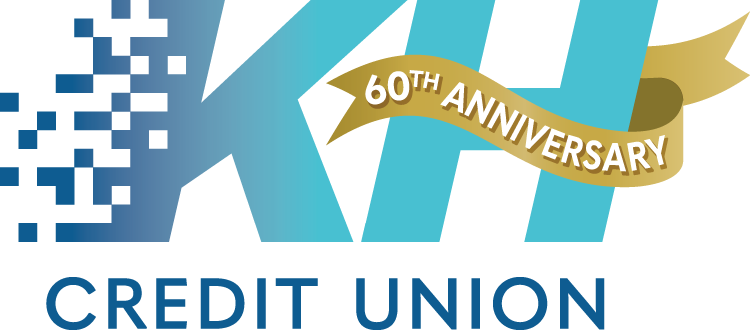Federal student loan borrowers have an opportunity to suspend payments — without incurring interest on them — for 60 days, the Department of Education announced Friday. This policy applies only to federal loans, not to private student loans.
If you want this option, called a forbearance, it will not be automatic — you must request it from your servicer.
Make no mistake: This is a pause on payments, not forgiveness. Your debt will be waiting for you when repayment begins at the end of the two-month forbearance, unless the policy changes.
And the policy could well change. The measures were made in response to the economic fallout related to the spread of coronavirus, and COVID-19, the illness it causes. Neither the outbreak nor its economic impact shows signs of slowing, and lawmakers have proposed more dramatic measures.
“I do think there’s going to be additional waves of relief, depending on how this pandemic plays out,” says Betsy Mayotte, president and founder of the Institute of Student Loan Advisors.
Until then, here’s how to decide what to do next.
If you want to pause payments
You can call your student loan servicer to request a forbearance to stop student loan payments for at least two months, retroactive to March 13. Interest won’t continue to accrue, as it normally would.
A forbearance could give you breathing room to address other financial concerns.
If you are jobless or working reduced hours, a forbearance may free up cash to pay the rent and utilities or grocery bills. Even if your pay is unaffected, a forbearance could help you divert some money toward building an emergency fund or help you pay another, more pressing debt.
Usually forbearance is granted at the discretion of the servicer and interest will continue to build. In this case, the Education Department has instructed all servicers to approve at least a two-month forbearance for all borrowers, and due to the waiver, no interest will grow.
If you’re behind on your student loan payments (or get behind)
Payments are automatically suspended for any borrower more than 31 days delinquent prior to March 13 and those who become more than 31 days delinquent in the coming days. That means the loans are placed in forbearance and won’t default.
Default on federal loans happens when a payment is 270 days past due, sending your loan to collections and exposing you to damaged credit, garnished wages and seized tax refunds.
There is no additional relief, at this time, for borrowers whose loans are currently in default.
If your loans are already in forbearance, any interest that already accrued will still be added to your loan principal when your repayment begins, but during the 60-day waiver no new interest will be calculated.
If you are seeking Public Service Loan Forgiveness
A forbearance won’t undo your progress toward Public Service Loan Forgiveness, or PSLF, but the months your loans are in forbearance won’t count toward forgiveness, either.
Only full payments count. But PSLF payments don’t need to be consecutive, so if you need a forbearance you won’t lose credit for the payments you already made.
If you want to continue making payments
Some borrowers might want to continue making payments on federal loans — those who are working toward PSLF, for example, or who want to pay down their debt faster.
If you do continue making payments, you won’t pay any new interest on your loans for 60 days, retroactive to President Donald Trump’s original March 13 announcement temporarily suspending student loan interest. This 0% interest rate will save you money overall, even though your payment won’t be lower.
The full amount of your payment will be applied to the principal balance of your loan once all interest accrued prior to the president’s announcement is paid.
If your income has changed
If you experience a change in income and still want to keep your payments going, the best way to lower your payment to something more affordable is to apply for income-driven repayment. You’ll get a new payment that is based on your family size and a percentage of discretionary income. You can apply online at studentaid.gov.
How to work with your servicer
To request a forbearance, you need to contact your student loan servicer — it’s the private company that manages payment of your federal loans. But you don’t have to do anything to get the 0% interest rate.
Mayotte encourages borrowers to be patient with their servicers.
“These are unprecedented times, and I can assure you the servicers did not have a lot of notice,” says Mayotte.
To find out which loan servicer is yours, log in to studentaid.gov with your FSA ID.
You can get in touch with all of the loan servicer contact centers by calling 1-800-4-FED-AID.
For additional information visit studentaid.gov/coronavirus for forthcoming details.
More From NerdWallet
COVID-19: NerdWallet Answers Questions About Travel, Finances
Student Loan Forbearance: How It Works and Who May Benefit
Even in a Financial Crisis, You Have Options
Anna Helhoski is a writer at NerdWallet. Email: anna@nerdwallet.com. Twitter: @AnnaHelhoski.
The article You Can Now Pause 2 Student Loan Payments, But Should You? originally appeared on NerdWallet.
